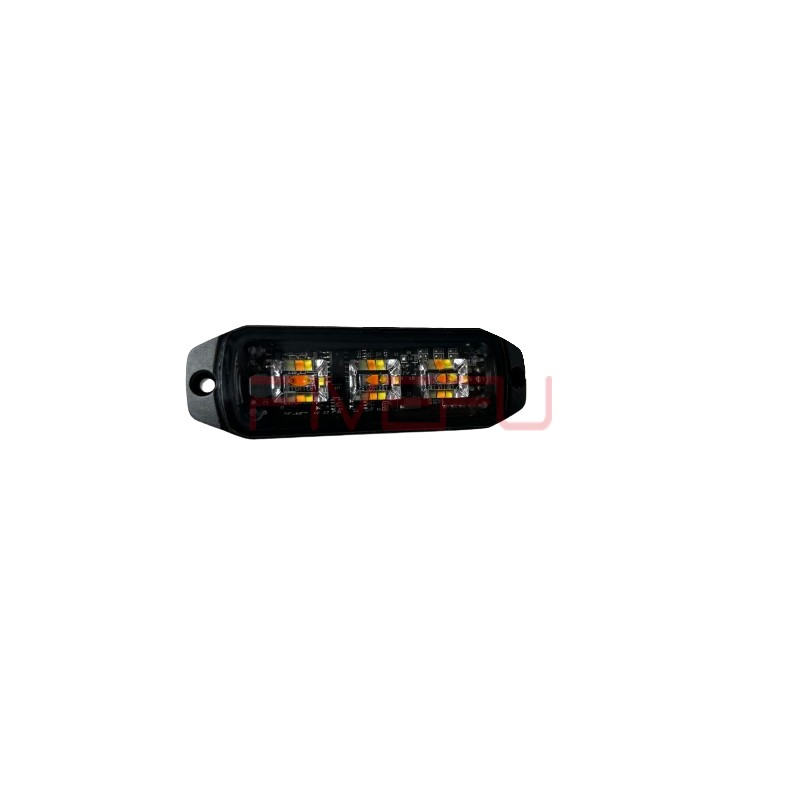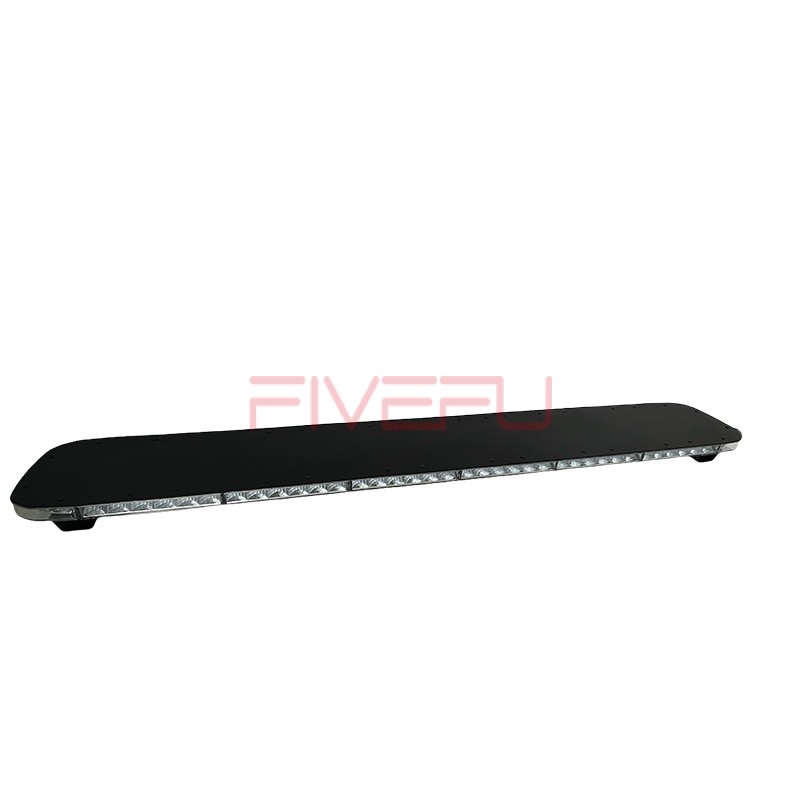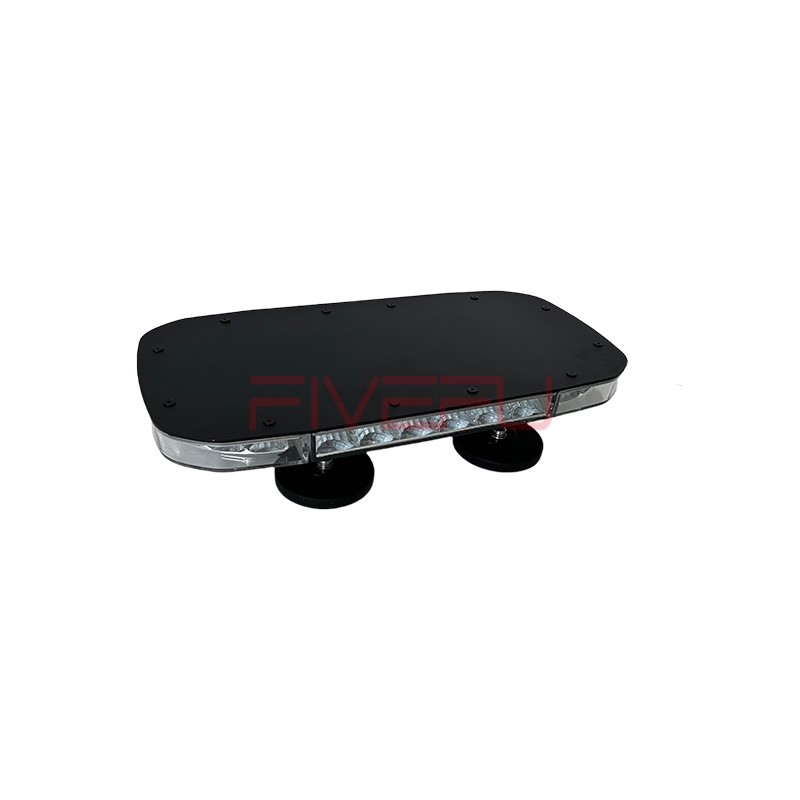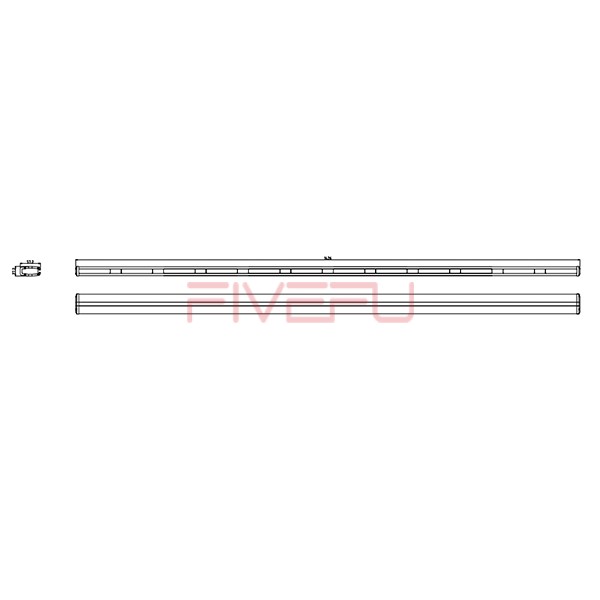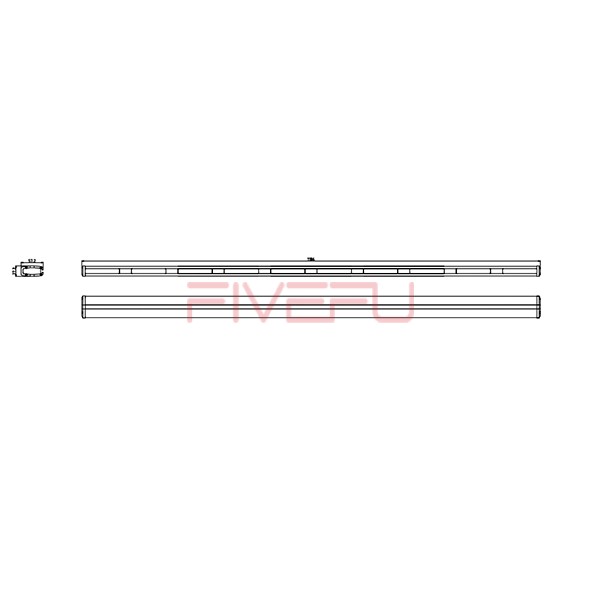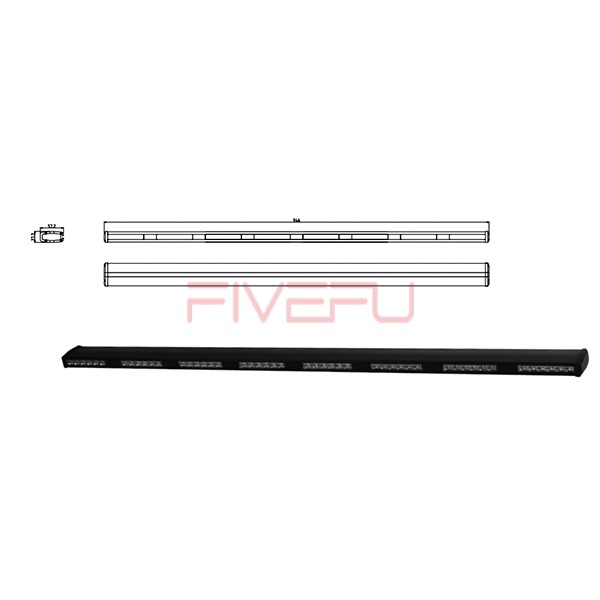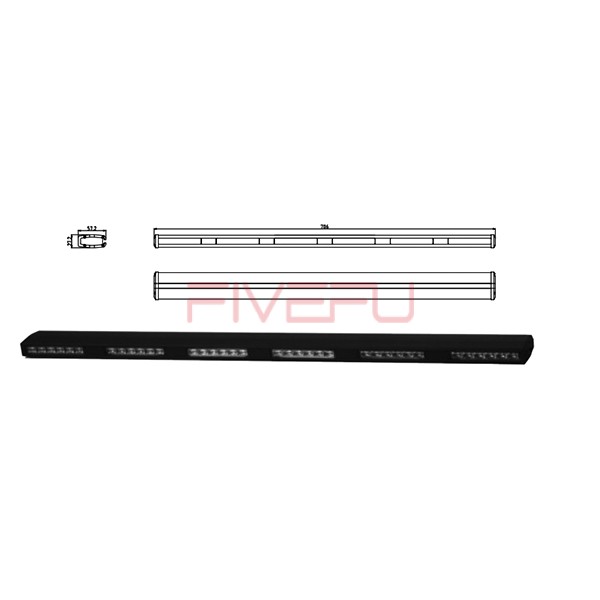Driving in low visibility conditions can be dangerous if you don’t use the right headlights. Poor lighting can lead to accidents, endangering you and others. Understanding main beam lights ensures safer nighttime driving.
Main beam lights are powerful headlights designed for maximum illumination in dark conditions. They should be used on unlit roads where visibility is low, but never when facing oncoming traffic.
Keep reading to learn about main beam lights, their symbol, usage rules, and how they compare to dipped lights.
What Are Main Beam Lights?
Main beam lights, also known as high beams, are the brightest headlights on a vehicle. They are designed to provide long-range illumination, ensuring drivers can see far ahead in dark or rural areas.
- Powerful Illumination
Main beam lights emit a strong, forward-facing beam that covers a greater distance than dipped headlights. This helps detect obstacles, road signs, and potential hazards earlier. - Straight-Ahead Projection
Unlike dipped lights, which angle downwards to prevent glare, main beams shine directly ahead. This ensures full road coverage but can also cause glare for oncoming drivers. - Automatic and Manual Options
Some modern vehicles include automatic main beam lights, which switch between high and low beams based on surrounding traffic conditions. Others require manual activation.
What Is The Main Beam Light Symbol?
The main beam light symbol is an important indicator on the dashboard, informing drivers when high beams are active.
- Symbol Appearance
The symbol resembles a headlamp icon with straight horizontal lines extending outward, representing the strong beam projection. - Color Indicator
It typically appears in blue on the dashboard when activated. This distinguishes it from the dipped beam symbol, which is green. - Automatic Warning
If your vehicle has an adaptive high beam system, the symbol may flash or change to indicate automatic switching based on traffic conditions.
Understanding this symbol ensures you know when your main beam lights are on and when to switch them off to avoid dazzling other drivers.
When To Use Main Beam Lights
Knowing when to use main beam lights is essential for safe and responsible driving. Here are the key scenarios:
- Dark, Unlit Roads
Use main beam lights when driving on rural or unlit highways to maximize visibility and detect obstacles in advance. - Low-Traffic Areas
When no other vehicles are approaching, high beams improve road awareness and help avoid hazards such as wildlife or debris. - Fog-Free Conditions
Unlike fog lights, main beam lights are ineffective in foggy weather as they reflect off moisture, reducing visibility. Stick to dipped beams in fog. - Turn Off When Facing Oncoming Traffic
Always switch to dipped lights when approaching another vehicle to prevent glare and ensure safe driving conditions for everyone on the road.
Main Beam Lights Vs Dipped Lights
Main beam lights and dipped lights serve different purposes, and understanding their differences ensures proper use.
| Feature | Main Beam Lights | Dipped Lights |
|---|---|---|
| Brightness | High intensity, long-range | Lower intensity, short-range |
| Beam Direction | Straight ahead | Angled downward |
| Usage Scenario | Unlit roads, no traffic | Urban areas, oncoming traffic |
| Dashboard Symbol | Blue headlamp icon | Green headlamp icon |
| Glare Risk | High (dazzles other drivers) | Low (safe for all road users) |
While main beam lights are essential for dark roads, dipped lights are safer in areas with oncoming traffic or street lighting.
Final Thoughts
Main beam lights provide maximum visibility in dark areas but should be used responsibly to avoid dazzling other drivers and ensure road safety.
